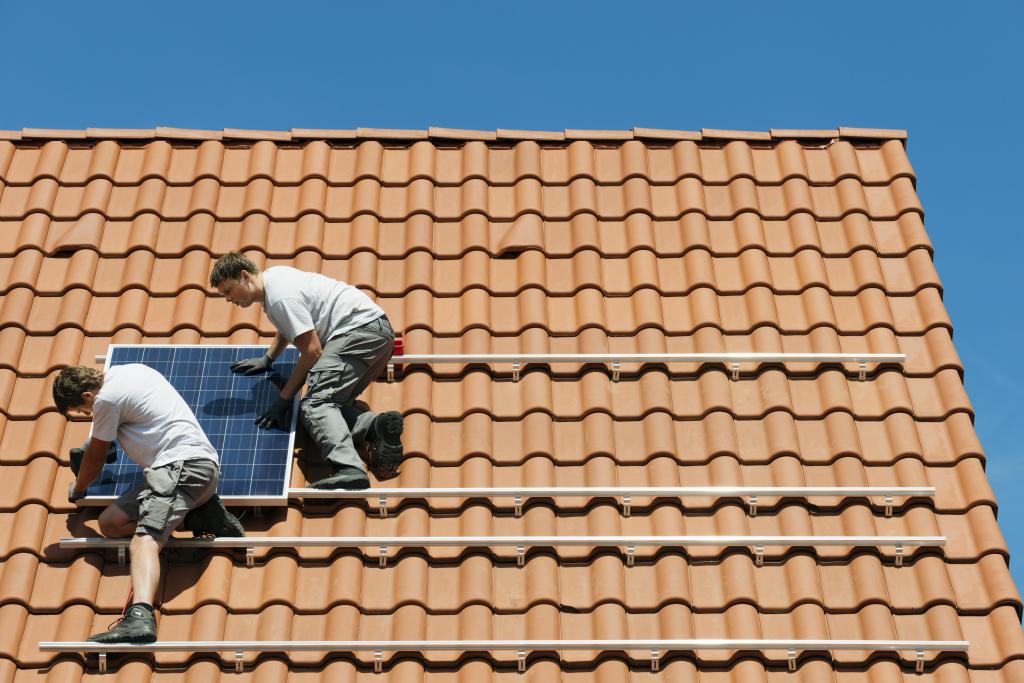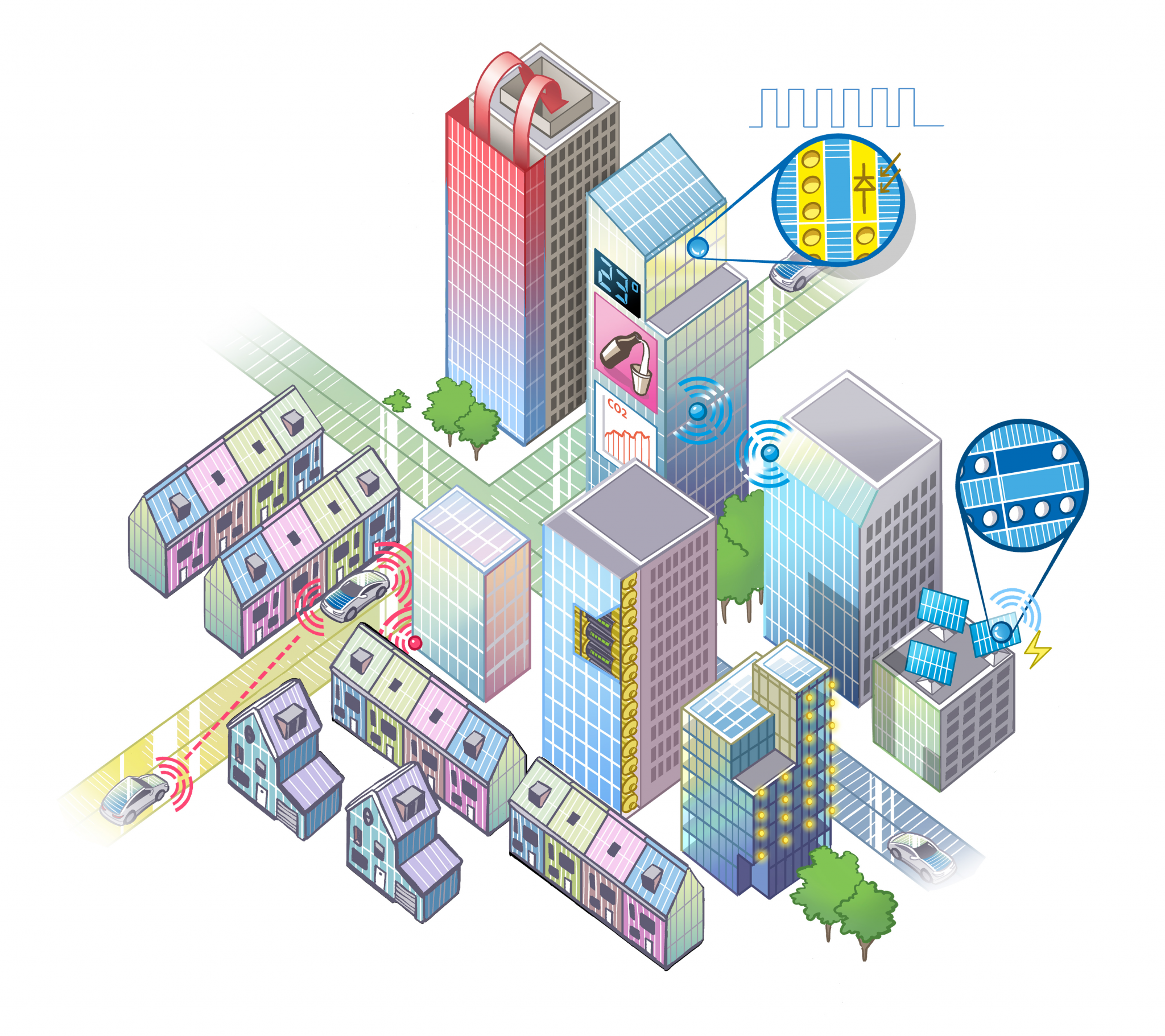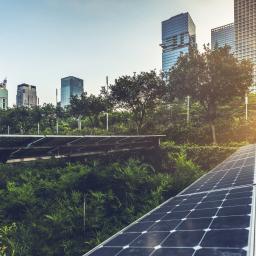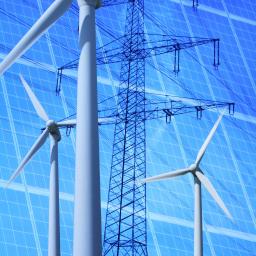Last year, the Netherlands capacity for creating solar energy increased with 30% to a total of 11.4 billion kWh – equalling 67 square kilometres of installed solar panels (solar photovoltaics, PV). Worldwide, more than 6000 square kilometres of solar panels have been installed. That is a lot of material that could, and should, be recycled at the end of its lifetime. But it is not immediately available.
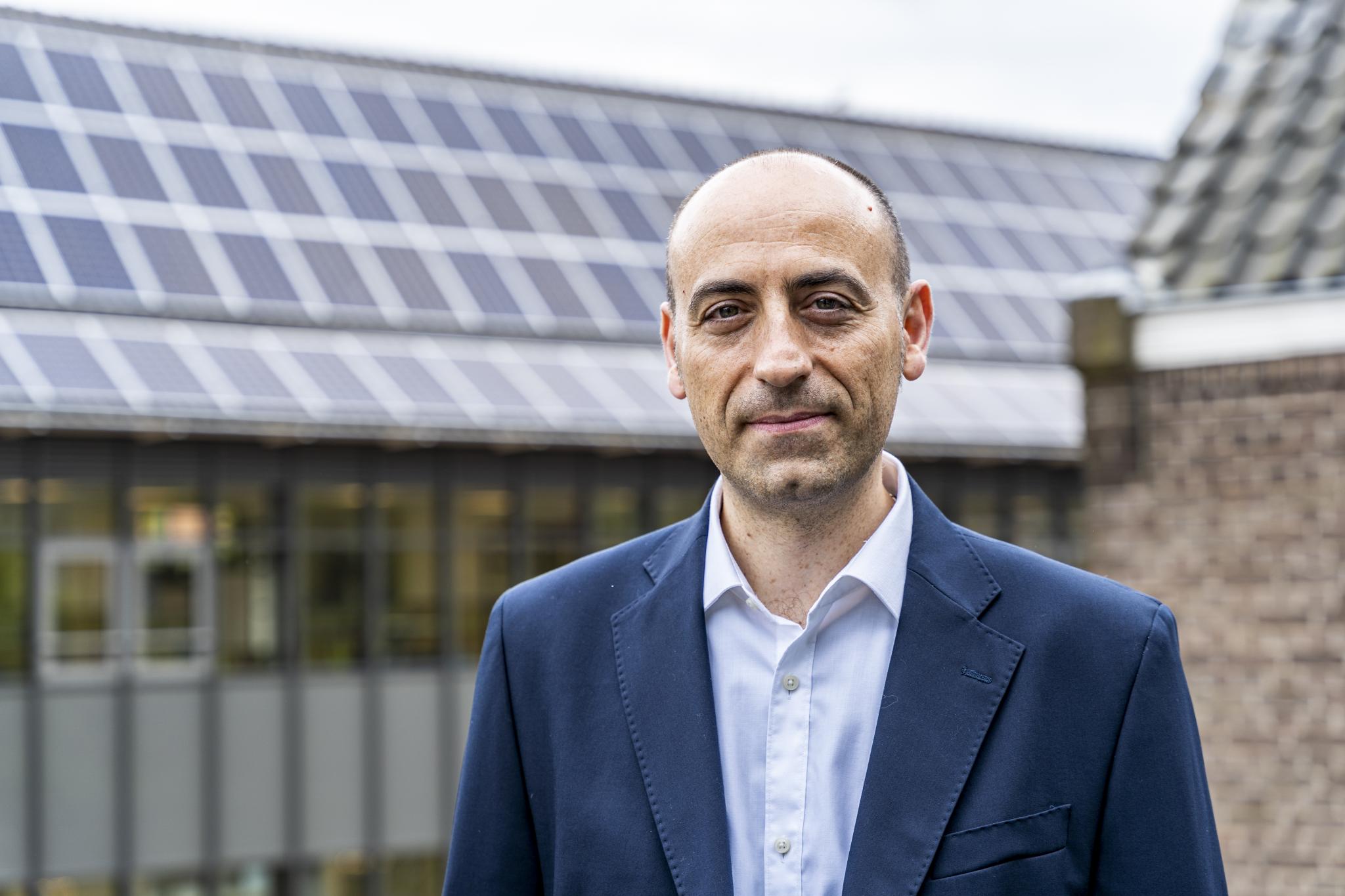 “Solar panels have a technical lifetime of 25 to 30 years,” Isabella says professor Olindo Isabella, full professor in Photovoltaic Technologies and Applications at TU Delft. He considers it his mission to have photovoltaic installations on every surface possible. “The vast majority of panels, more than 85%, has been installed in the past five years. Right now, there are only very few, very old panels that have reached their end-of-life.”
“Solar panels have a technical lifetime of 25 to 30 years,” Isabella says professor Olindo Isabella, full professor in Photovoltaic Technologies and Applications at TU Delft. He considers it his mission to have photovoltaic installations on every surface possible. “The vast majority of panels, more than 85%, has been installed in the past five years. Right now, there are only very few, very old panels that have reached their end-of-life.”
Critical and not so critical materials
When it comes to the materials used in PV, it makes sense to differentiate between the solar cells (the opto-electrical devices that convert solar rays into electricity) and the module (the object you lay on the rooftop). A module is an assemblage of solar cells sealed in a protective laminate. An aluminium frame clamps around its perimeter with glass sheets at the front and back for mechanical rigidity and to protect the solar cells from all sorts of weather conditions.
“Current generation solar cells mostly consist of silicon – the semiconductor material converting solar energy into electricity – coated by aluminium-based contacts,” Isabella says. “Some silver is used to create solderable grid patterns at the front and backside to collect the photocurrent.”
If the current growth rate increases, going into terawatt scale production, we’ll end up using more than 50% of global silver mining capacity by 2050.'
There are two contenders to become the dominant architecture of solar cells in two to three years, one of which (called heterojunction) uses transparent layers consisting of indium-oxide doped with tungsten or tin. “Of all these materials, silver and indium are the critical raw materials for the PV industry,” Isabella says.
“If the current growth rate increases, going into terawatt scale production, we’ll end up using more than 50% of global silver mining capacity by 2050. And for indium, we’ll be competing with flat panel display technology, which enables televisions, laptops, mobile phones.”
Recycling PV
Recycling PV is really at its infancy,” Isabella says. “Right now, our best defence to potential material shortages may be to lower the use of these materials in PV. There is a lot of ongoing research, worldwide, into achieving this.”
To understand the recycling process, it helps to understand that solar panels are a sandwich construction of glass, plastic, then the solar cells, plastic again, and an encapsulant or glass for protection from moisture. All layers are put in a laminator, melting the plastic, thereby sealing everything.
Isabella: “It is very difficult to remove this plastic from the rest. The current recycling technique starts with crushing the panels into millimetre size pieces. These are put in a high temperature furnace to burn off the plastic. At this temperature, the metals – especially the silver and aluminium – may start to alloy with the silicon, making it nearly impossible to separate these. In case of heterojunction solar cells, the presence of indium oxide makes the recovery of different materials even more problematic.”
The usage of available renewable energy sources will be critical in the electricity-driven energy system of the future. Read more
So, whereas aluminium frame of the module can be easily recycled, and the glass can be recovered, the critical raw materials of the solar cells – silver and indium – cannot. And it would take several more chemical and thermal steps to purify the silicon to the point where it can be reused. Given the complexity and cost of the recycling process as well as the price volatility of raw materials, it is understandable that there are only a few companies worldwide that do recycle solar panels into reusable raw materials.
“Recycling PV is really at its infancy,” Isabella says. “Right now, our best defence to potential material shortages may be to lower the use of these materials in PV. There is a lot of ongoing research, worldwide, into achieving this.”
Reducing critical material dependency
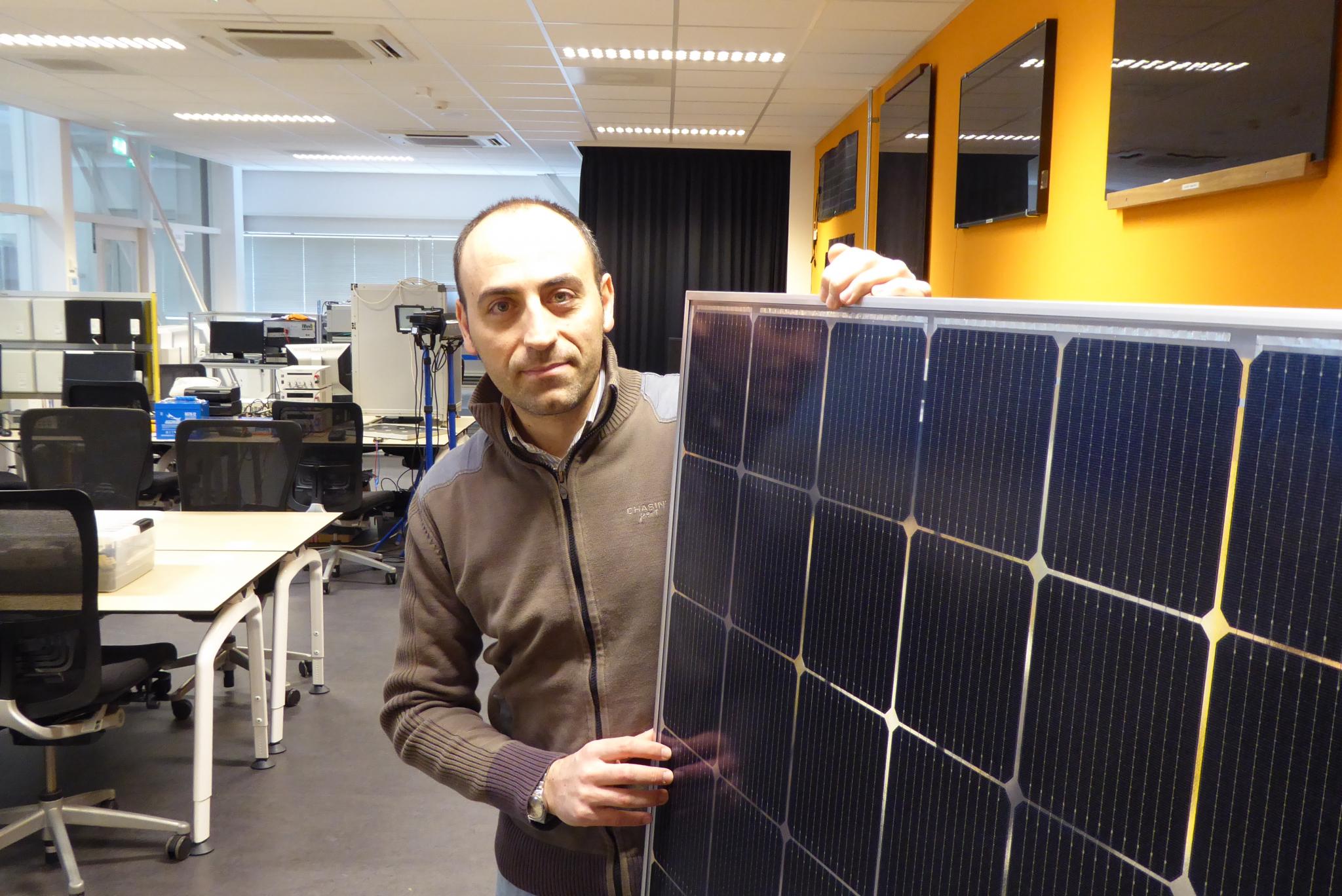 A first research direction into lowering this dependency is to go from mono-facial solar cells to having the backside of a solar panel collect light as well. Isabella: “This may increase overall yield by 30%, depending on the installation properties. It also means that the full-area layer of aluminium at the rear of the solar cell is replaced by a grid pattern, thereby substantially reducing material use.”
A first research direction into lowering this dependency is to go from mono-facial solar cells to having the backside of a solar panel collect light as well. Isabella: “This may increase overall yield by 30%, depending on the installation properties. It also means that the full-area layer of aluminium at the rear of the solar cell is replaced by a grid pattern, thereby substantially reducing material use.”
A second research direction is to replace aluminium and silver with copper-based contacts. “There is an abundance of copper, and it is available almost everywhere. This limits the possibility of geopolitical frictions.”
As far as the up-and-coming solar panels using indium are concerned, there is ongoing research into reducing the thickness of the indium-containing layer, into reducing the indium content to only a fraction of what is currently being used, and into shifting to alloys that are indium-free.
“It will take a while for these developments to make it from the research phase into commercial solar panels. But reducing the thickness of the indium-containing layer is something that could be applied immediately at industrial level.”
Both approaches towards reducing material usage are being investigated in the clean room of the TU Delft PV Technology Centre. It also helps to extend the lifetime of solar panels by making them smart. “We call this photovoltatronics,” Isabella says. “By adding a small, printed circuit board we can balance the power-output from shaded and non-shaded parts of the solar panels. It increases both the yield and the lifetime of the panel, especially for PV that is installed in an urban setting.”
PV without plastic
No matter how little critical raw material is used, solar panels will eventually reach their end of life. Therefore, circularity is a topic that deserves attention no matter what. “This is something we are now starting to study and evaluate, in the community as a whole and in my group,” Isabella says.
“Increasing the recyclability by completely removing the plastic from the solar panels is only one step. We need to start producing these panels with a circular economy in mind, minimising the amount of material that needs to be recycled.”
It will take some years to reach this point as these ideas need to be tested in the lab and in the outdoor in terms of reliability. Isabella: “It would also mean a complete change in the way industry makes solar panels.”
Take Home Messages:
- The vast majority of installed solar panels will not be up for recycling for at least the next two decades
- We need to start producing these panels with a circular economy in mind, minimising the amount of material that needs to be recycled.
Text by Merel Engelsman
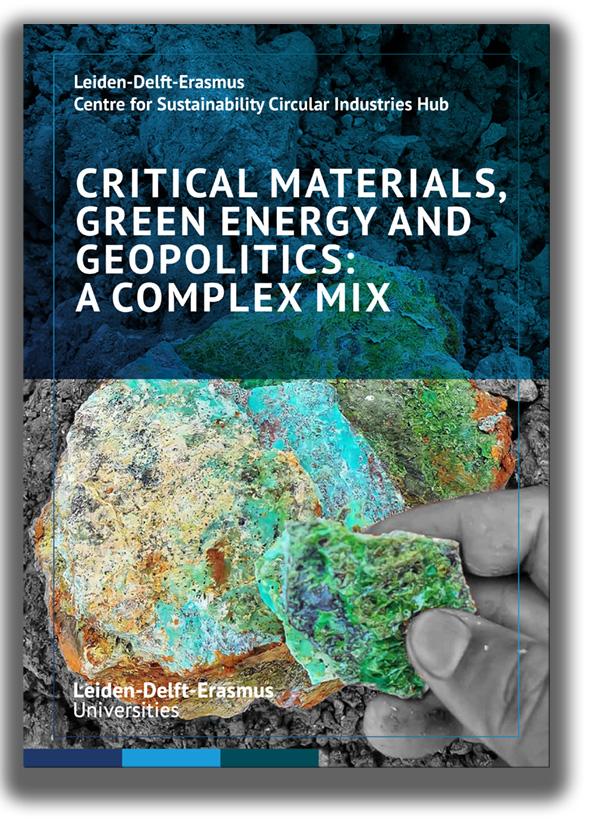 This interview is part of the Leiden-Delft-Erasmus white paper 'Critical materials, Green Energy and Geopolitics: a Complex Mix'.
This interview is part of the Leiden-Delft-Erasmus white paper 'Critical materials, Green Energy and Geopolitics: a Complex Mix'.
Read all interviews from the White Paper in the Knowledge File Critical Materials and the Energy Transition and download the white paper via the attachment below.

